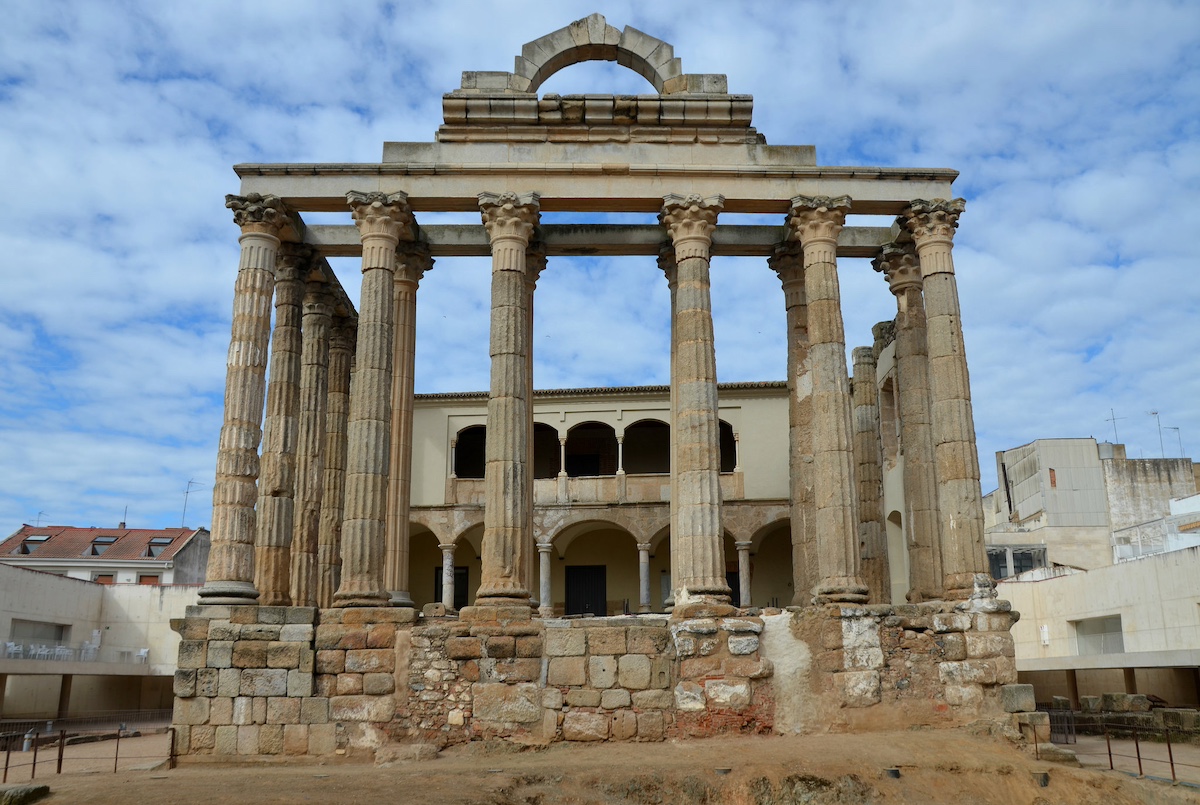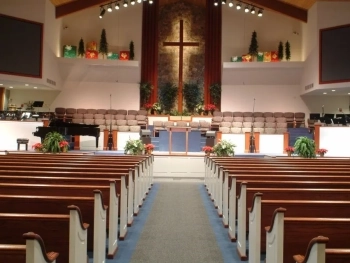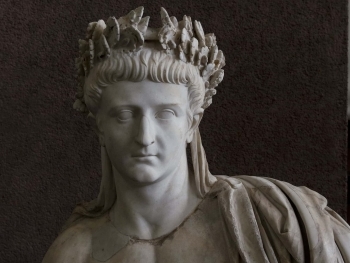In the ancient city of Ephesus, nestled along the shores of the Aegean Sea, stood one of the Seven Wonders of the Ancient World—the Temple of Artemis, known to the Romans as Diana. This architectural masterpiece, dedicated to the goddess of the hunt, served as a testament to the skill and innovation of ancient builders. Let's embark on a journey to explore the intricacies of the construction of Diana's Temple, unraveling the architectural marvels that made it a wonder of its time.
I. Ephesus: City of Artemis
Ephesus, an ancient Greek city located in what is now modern-day Turkey, was a hub of commerce, culture, and spirituality. The Temple of Artemis was a focal point of Ephesian life, serving both as a religious sanctuary and a symbol of the city's grandeur. Its construction spanned several centuries, with different rulers and architects contributing to its magnificence.
II. The Artemision: Birth of a Wonder
The construction of the Temple of Artemis began around 550 BCE under the supervision of the Cretan architect Chersiphron and his son Metagenes. Their vision was to create a temple that surpassed all others in size and splendor. The Artemision, as it was called, was raised on a grand scale, featuring a rectangular floor plan with a series of imposing columns surrounding the central sanctuary.
III. Architectural Features: Grand Columns and Opulent Decorations
One of the defining features of Diana's Temple was its forest of columns. The temple boasted a double colonnade, with over a hundred columns standing at an impressive height of approximately 60 feet. These columns were adorned with intricate carvings and reliefs, depicting scenes from mythology and the exploits of the goddess Artemis. The opulence of the decorations reflected the wealth and devotion of the Ephesians to their patron deity.
IV. The Artemisium's Many Iterations
The Temple of Artemis underwent multiple reconstructions and expansions over the centuries. The Artemision that stood as one of the Seven Wonders of the Ancient World was actually the third iteration of the temple. Each reconstruction aimed to surpass the previous in grandeur and scale, solidifying the temple's reputation as a marvel of architecture.
V. Destruction and Reconstruction: The Fate of Diana's Temple
Despite its magnificence, the fate of Diana's Temple was marked by destruction. It fell victim to arson in 356 BCE when a man named Herostratus set fire to the temple to immortalize his name. The Ephesians, in an effort to erase the memory of the arsonist, prohibited the mention of his name under penalty of death. However, the temple was reconstructed under the guidance of architects including Dinocrates, and it continued to stand as a symbol of Ephesian glory for several more centuries.
VI. Legacy and Influence: The Temple's Architectural Impact
The architectural innovations of Diana's Temple had a lasting impact on subsequent temple construction in the ancient world. The grand scale, double colonnades, and decorative elements influenced the design of later Hellenistic and Roman temples. The temple's legacy extended beyond its physical existence, shaping the aesthetic preferences of architects for generations to come.
VII. A Monument to Ancient Ingenuity
The Temple of Artemis at Ephesus, known to the Romans as Diana's Temple, was a marvel that captured the imagination of ancient and modern observers alike. Its construction, marked by grand columns, opulent decorations, and successive reconstructions, reflected the creativity and dedication of the architects and worshippers who contributed to its splendor. As we gaze upon the ruins of Ephesus today, we are reminded of the enduring legacy of Diana's Temple—an enduring testament to the architectural ingenuity of the ancient world.




